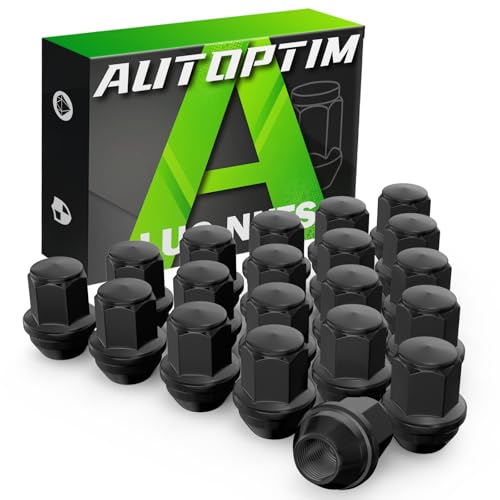Thank you for the encouragement guys. Tonight after seeing the Badgers lose to Duke I released my frustration working on the car. I ended up removing most of the fiberglass in the area under the rear seat. Here are the pictures. There are areas with surface rust, some areas where pitting already started and some other areas where there are holes through.
Here is what I am thinking, but I need advice on how to properly proceed.
-The areas with surface rust are easy: clean/grind rust.
-The areas with surface pitting: this is a bit of an unknown. I guess I will start with cleaning/grinding the rust. Then check thickness. If too thin may have to replace area. However, how thin is "too" thin?
-The ares with through holes: replace local sheet metal plus clean and grind. I am thinking to cut holes around the area with a hole saw. Then I can use the same hole saw in new sheet metal and weld. Or cut sheet metal larger and lap join with adhesive. It may be trickier in the areas where folds exist. I will have to try replicating these folds as close as possible.
Two other questions about the second to last and last pictures.
-The second to last is the area where the fender meets the underseat panel. I started cleaning and started removing some black sealant. I assume this is the factory sealant so I stopped. The good news is that the area underneath is shiny sheet metal. Now, once I prime and seal that area how do I ensure that the union between the old sealant and new is proper?
-The last picture is the passenger's side where the underseat panel meets the floor panel and other sheetmetal. Hard to describe but hopefully the picture shows it. My question here, does this look factory? There is a gap between the panels in the lower right area of the picture that shows a larger than expected gap (circled area). You can actually see the garage floor through this gap.









































































